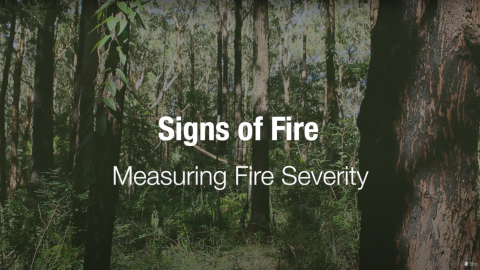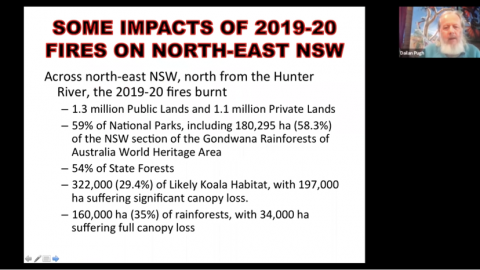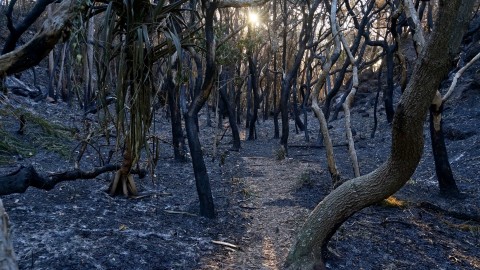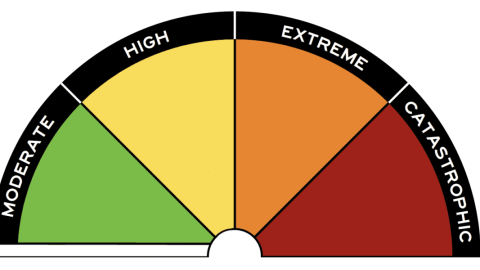
Have you ever noticed dense thickets of Acacia emerge post-fire, and wondered if they may represent a long-term fire hazard? At our 2023 Bushfire Conference in May, NSW DPE Senior Research Scientist Andrew Denham explored this phenomenon in detail in his presentation titled “Post-fire Acacia thickets are not necessarily a sign of long-term increased fire risk”. Andrew studied two species – Acacia penninervis and Acacia cheeli, both of which are fire-sensitive species that use fire (heat) as a germination trigger for their soil-stored seed banks. It was found that overall fire risk depends on the species of Acacia, but generally, risk will decrease quite quickly over time as the thickets thin out, in many cases compounded by decreased vertical connectivity of these fuels. Given that these thickets may also provide important habitat and food resources during in the regeneration phase, Andrew noted that high frequency prescribed burning may not be necessary to reduce the fire hazard presented by these thickets, as they will reduce this risk themselves, naturally, over time.
If you’d like to see Andrew’s presentation in full, please take a look at our Bushfire Conference page for additional information on how to access the conference recordings, which are currently available for early access purchase.
Image: John Tann / Flickr









